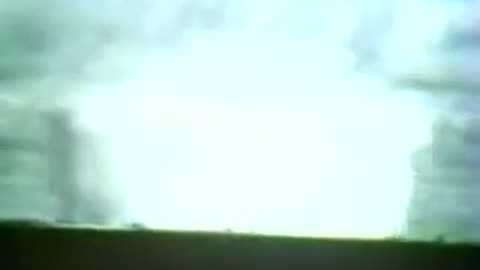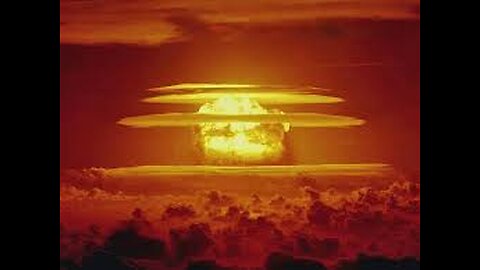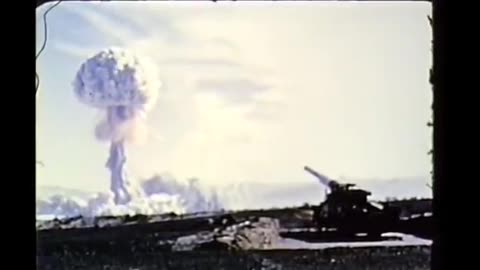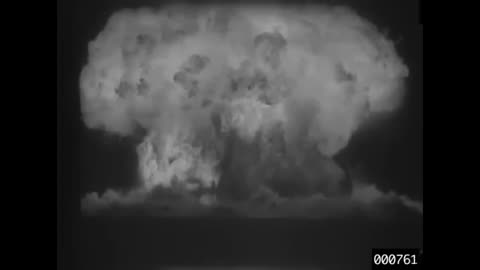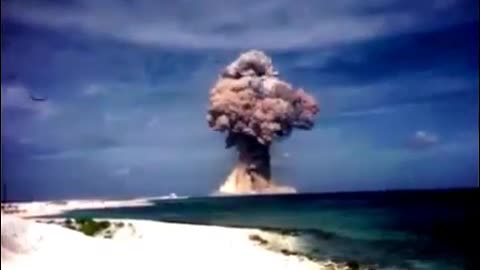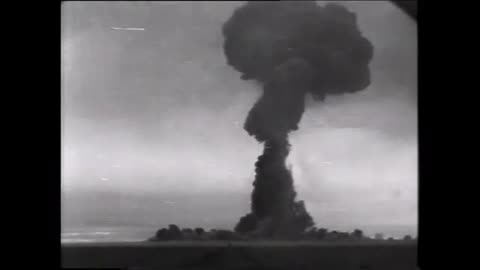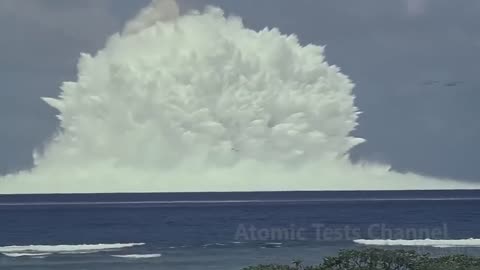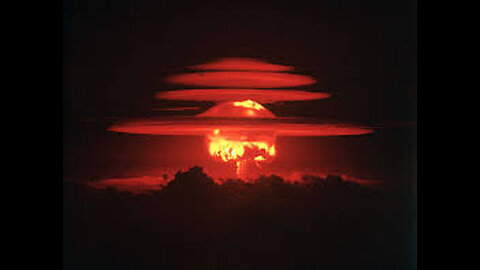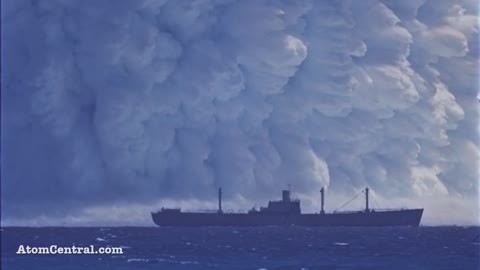Premium Only Content
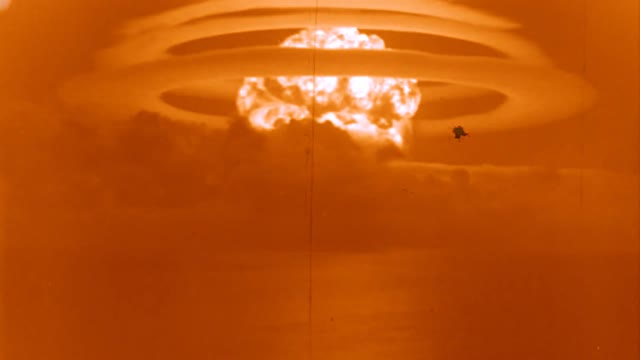
Underwater Nuclear Test - Project Crossroads - Baker Shot
Atomic Weapons Tests: TRINITY through BUSTER-JANGLE
280mm Atomic Cannon - Nuclear Artillery Test - 1953
Nuclear Test - Tesla 7 kiloton - Operation Teapot - March 1, 1955
Operation Castle Nuclear Test Report (1954)
Nuclear Test - NUTMEG - 25.1 kiloton - Operation Hardtack 1 - May 21, 1958
Nuclear Test Operation Hardtack 1 Juniper July 22 1958
First Soviet atomic bomb test 1949
Underwater Wahoo atomic bomb explosion of 1958
Castle Yankee Nuclear Test 1954
RDS-37 Soviet hydrogen bomb test (1955)
A Time-Lapse Map of Every Nuclear Explosion or Test Since 1945
Castle Bravo Nuclear Test 1954 15 Megatons
UNCUT FOOTAGE OF UNDERWATER ATOMIC BLAST 1958
Nagasaki bomb 1945
Underwater Nuclear Explosion
Castle Bravo Nuclear Test 1954 15 Megatons
Castle Bravo was the first in a series of high-yield thermonuclear weapon design tests conducted by the United States at Bikini Atoll, Marshall Islands, as part of Operation Castle. Detonated on March 1, 1954, the device was the most powerful nuclear device detonated by the United States and its first lithium deuteride fueled thermonuclear weapon. Castle Bravo's yield was 15 megatons of TNT, 2.5 times the predicted 6.0 megatons, due to unforeseen additional reactions involving lithium-7,which led to the unexpected radioactive contamination of areas to the east of Bikini Atoll. At the time, it was the most powerful artificial explosion in history.
Nuclear weapon tests are experiments carried out to determine the performance, yield, and effects of nuclear weapons. Testing a nuclear weapon offers practical information about how the weapons function, how detonations are affected by different conditions, and how personnel, structures, and equipment are affected when subjected to nuclear explosions. However, nuclear testing has often been used as an indicator of scientific and military strength. Many tests have been overtly political in their intention; most nuclear weapons states publicly declared their nuclear status through a nuclear test
A nuclear weapon is an explosive device that derives its destructive force from nuclear reactions, either fission (fission bomb) or a combination of fission and fusion reactions (thermonuclear bomb), producing a nuclear explosion. Both bomb types release large quantities of energy from relatively small amounts of matter.
-
 0:18
0:18
Large Explosions
2 months agoVideo showing Hezbollah pagers blowing up
3.68K6 -
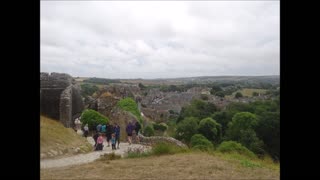 4:00
4:00
Photojsb Collection
3 years agoCorfe Castle
140 -
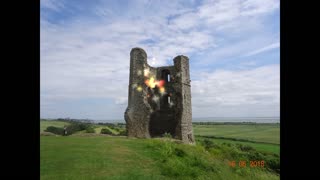 0:05
0:05
photojsb
3 years agoHadleigh Castle
45 -
 1:38
1:38
4Arizona
3 years agoFairytale Castle
43 -
 0:12
0:12
Castle Creator
3 years agoCorvin Castle
281 -
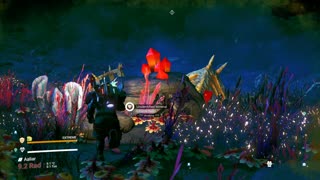 1:09
1:09
No Man's Sky
3 years agoNuclear Fall Out
1681 -
 1:01:23
1:01:23
In The Litter Box w/ Jewels & Catturd
21 hours agoThe Trump Effect | In the Litter Box w/ Jewels & Catturd – Ep. 696 – 11/21/2024
33.8K19 -
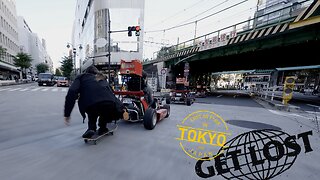 20:53
20:53
SLS - Street League Skateboarding
2 days agoGold Medals, World Class Food, Night life & more - Get Lost: Tokyo
12.5K1 -
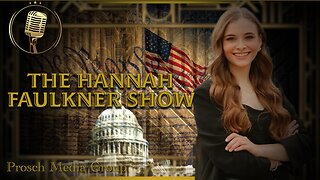 47:13
47:13
PMG
17 hours ago"Hannah Faulkner and Doug Billings | WHY LIBERALS LOST THE ELECTION"
1.21K -
 59:01
59:01
The Liberty Lobbyist
4 hours ago"We Only Have NOW To Make a Difference"
9.97K2
